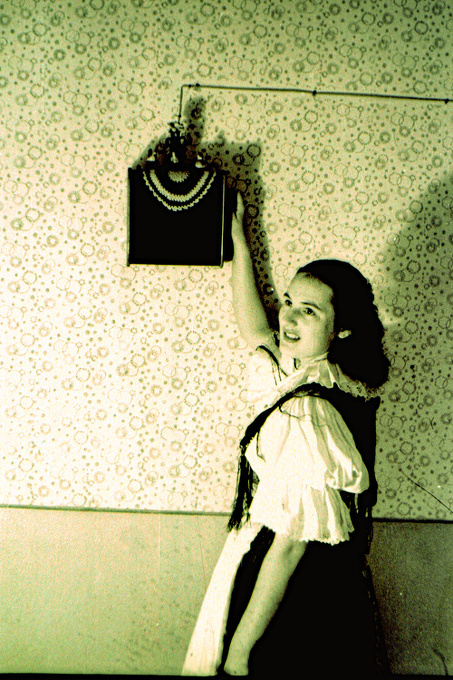From the beginning of broadcasting, radio became increasingly popular, and soon developed into an indispensable medium of providing news, entertainment, and education. No wonder that it has been widely used for political propaganda as well.
For it to unfold its full potential, though, radio had to be brought into every household – similar to (broadband-) the internet today. The People’s Radio Program, proposed back in February 1938, was to bring Hungary nearer to this goal.
Radio technology developed at an immense speed in the early 20th century. From the transmission of information (radiograms) – at the beginning, mainly for military purposes – radio truly started to unfold its potential for information transmission with the establishment of the first long-wave broadcasting station in Pittsburgh (USA) in 1920. The number of radio stations grew at a high rate, so that a fierce competition for frequencies started. Shortwaves showed one way out of the resulting bottleneck, and international agreements on frequency allocation proved another.

Although Hungary can boast about having launched the first-ever electric program broadcast from a single center, way back in 1893 with the Telefonhírmondó (“Telephone Herald”), which transmitted its program of news, live music from theatres and restaurants, and even reports from the countryside by telephone, actual broadcasting in Hungary started quite late, not until December 1925. From that time, the transmission stations’ capacities and the studios’ equipment developed steadily, while programming became more and more professional and to perform in radio became more prestigious. The 120-kW radio station, established in Lakihegy in 1933, was one of the three largest in Europe. This high-capacity station – in combination with four relay stations – finally allowed good receiving quality throughout the whole country for the two Hungarian stations, known as Budapest I and II. These stations were built by Standard Electric Ltd., the former mechanical department of Tungsram, at that time owned by International Standard Electric Ltd. (ISEC) and Tungsram, as well as MÁVAG, the machine-building company of the State Railways.
Radio receiving sets, however, were expensive; the subscription fee and relatively high costs of electricity, especially in the countryside, further restricted the circle of those who could afford this new medium. Therefore, especially in the countryside where the progress of electrification was moderate and receiving quality fluctuated widely, radio sets were very far from covering the whole population: In 1929 the number of radio receivers per 1,000 people was 31, at the beginning of 1938, that number still stood at only 42. In 1929, 36% of all radio subscribers lived in Budapest, in 1938, still only 34.6 %.

The People’s Radio Program, proposed in February 1938, imitated the German Volksradio program; the idea was to make a very simple radio set, a set capable of receiving first and foremost the two Hungarian programs available to everyone. The Ministry of Trade paid the four big set makers – the Hungarian Kremenezky Tungsten Lamp Factory with the trademark Orion, owned by Tungsram; Standard; the Hungarian Philips Works; and the Hungarian subsidiary of Telefunken – the difference between production costs and the fixed selling price. In two allotments, launched in November 1938 and February 1939, 45,000 such receivers were sold; buyers paid by installment. Despite the impressive growth of the number of radio subscribers, demand easily existed for at least another 85,000 sets. However, the People’s Radio Program was first relaunched in the People’s Republic of Hungary, after the Second World War.
Pictures:
People’s radio 1939 www.radiomuseum.hu/orion011.html
Young woman with People’s radio 1949, Budapest. Photographer: József Reményi. Thanks to Varga Imréné Reményi Erzsébet



